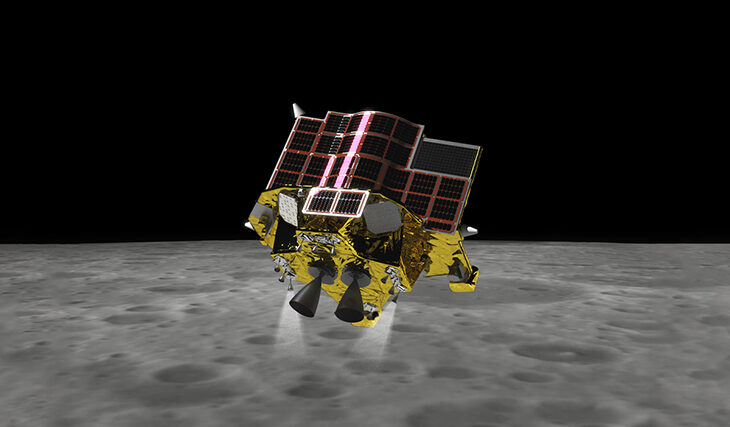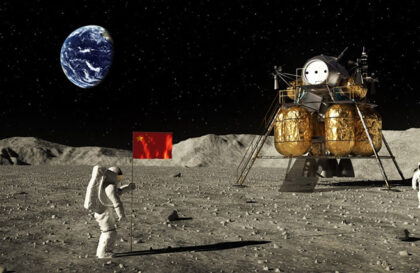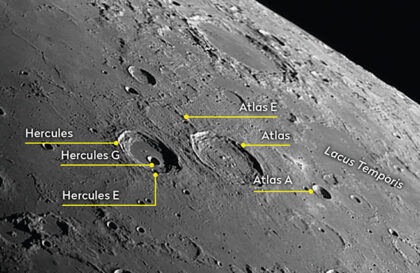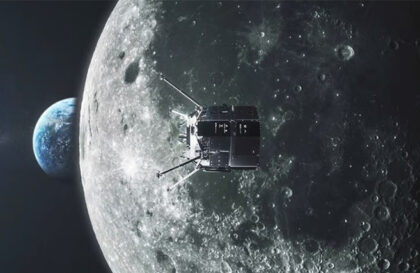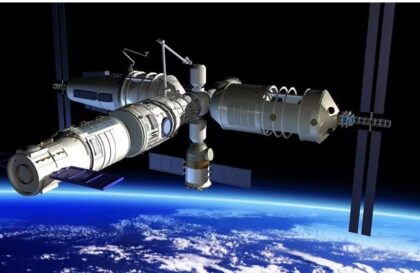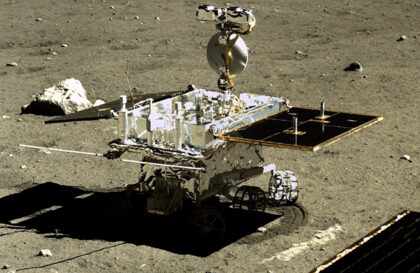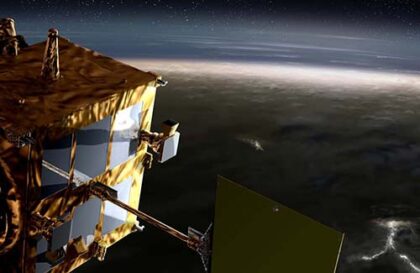Japan is gearing up for one of the most important space missions in its history. The SLIM lander will go to the Moon, accompanied by the latest XRISM space telescope.
The lander will fly to the moon for several months and land in the small 300-meter-diameter Shioli crater close to the moon’s equator. The location was chosen because of its accessibility.
Mission SLIM
Mission Profile
The Smart Lunar Lander (SLIM) project is a Japan Aerospace Exploration Agency (JAXA) mission to demonstrate precise methods for landing on the Moon with a compact exploration vehicle. The purpose of this mission is to improve and accelerate the exploration of the Moon and other planets using lighter and more efficient exploration systems.
The mission involves the joint launch of the SLIM spacecraft and the XRISM X-ray telescope on an H2A launch vehicle from the Tanegashima Space Center in Japan. After entering lunar orbit, SLIM will begin a controlled descent phase to descend to an altitude of 3.5 km. Using the built-in camera, the exact position of the device relative to the surface will be determined. Then a vertical descent will begin with a gradual approach to the surface.
An important step will be the obstacle detection program, which will prevent the risks of landing. At a height of about 3 meters, the engines will stop and the module will descend to the surface. The landing vehicle is expected to weigh approximately 210 kg and have a landing accuracy of 100 meters (328 feet) from the target point, the ejecta of the Shioli crater (center of the crater).
The approaches that will be demonstrated by this mission are essential to plans to return samples from the Moon.
What is SLIM?
The internal computer complex SLIM has in its arsenal maps of craters that were registered by the Kaguya and LRO orbiters and cover the territory of the mission landing site. As it flies over the Moon, the spacecraft’s on-board cameras will capture images of the surface, then the system will identify craters in those photos and compare them to a map to pinpoint the coordinates of the landing site. The process of matching images is carried out within 5 seconds after receiving the photo.
From a precisely known position, SLIM uses its built-in gyro sensors to measure acceleration, an optical star tracker and solar sensor to determine current orientation, and radar to measure the distance to the surface. This data provides the vehicle with highly accurate information about its position, orientation, and speed, which allows the SLIM to autonomously adjust its trajectory and reach the target landing point.
Spaceships and subsystems
SLIM is an irregular cube-shaped apparatus with a height of 2.4 meters, a width of 2.7 meters, and a depth of 1.7 meters. Its dry weight is 190 kg and its gross weight is 590 kg. The hull structure encloses the fuel tank, which serves as a structural element. Power is provided by thin-film solar panels and lithium-ion batteries. During the mission, the SLIM will be equipped with a landing radar for the last leg of the descent, a multi-band camera to study minerals on the surface, and a small laser retroreflector array.
The landing system includes a destructible aluminum foam base for shock absorption. Two 500 N ceramic thrusters are used for maneuvering in orbit, and twelve 22 N thrusters are used for orientation. common tank, separated by a bulkhead.
XRISM telescope
The XRISM telescope will conduct a thorough study of the Universe in X-rays. First of all, scientists will be interested in the consequences of stellar explosions and jets of particles at a speed close to light, launched by supermassive black holes in the centers of galaxies.
XRISM is equipped with a wide-angle X-ray machine and a high-resolution cryogenic X-ray spectrometer. With these two complementary instruments, XRISM will accurately measure the state of plasma at selected targets throughout the universe.
By measuring the speed and composition of the plasma between stars and galaxies, XRISM will make it possible more precisely than ever to determine how these celestial objects form.
XRISM will be launched on an H-IIA rocket into low Earth orbit (altitude 550 km). Resolve uses liquid helium to cool the X-ray spectrometer. Liquid helium will evaporate in 3 years. Thus, the estimated service life of the device is 3 years, but further observations can be continued using mechanical coolers.
Image credit:
https://www.isas.jaxa.jp
https://cosmos.isas.jaxa.jp
https://cosmos.isas.jaxa.jp
https://xrism.isas.jaxa.jp
